Earthquakes hit Texas town plagued by rotten egg stench and mysterious 100ft geyser
Residents of West Texas experienced another jolt early Monday morning as a series of earthquakes shook the region, continuing a pattern of increased seismic activity and strange occurrences everywhere.
The largest of the earthquakes, with a magnitude of 3.4, occurred near the small town of Toyah, home to 61 people, where a mysterious 30-meter-high geyser recently burst into the air.
Although Monday’s quake caused no damage, it was strong enough to be felt by people in surrounding areas, sparking renewed debate over its possible causes.
The city has also been exposed to the smell of rotten eggs that has been in the air for two months.
A massive geyser has shot water more than 100 feet into the air, which can be seen for miles in Toyah, Texas
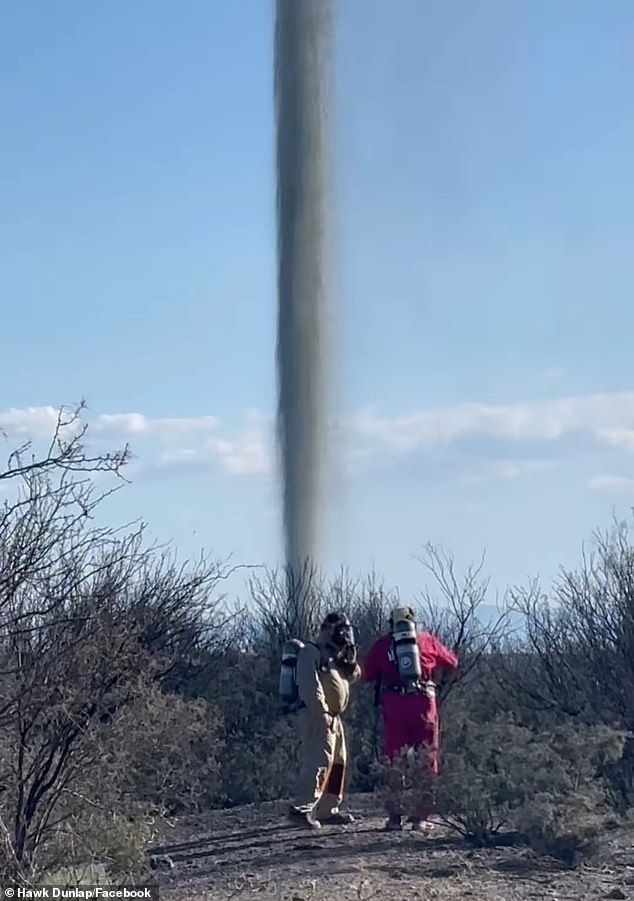
The site was the site of a dry well in the 1960s, but has not been used for decades
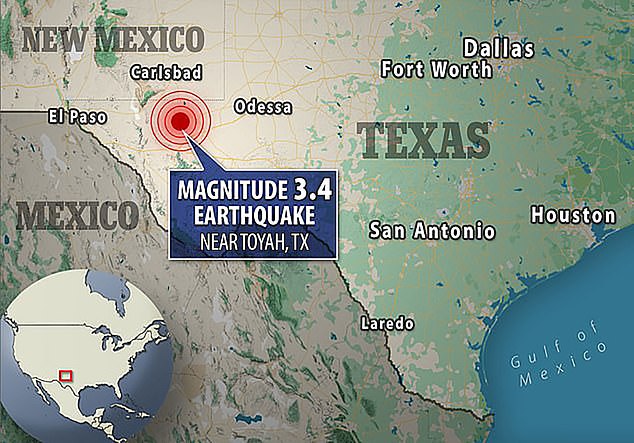
A small earthquake with a magnitude of 3.4 was felt Monday near Toyah, Texas
The stench came after a well exploded, sending a stream of chemical water so high into the air that it could be seen from 7 miles away in Reeves County.
When the fire brigade arrives on the scene to combat the exploding wells and water gushes, they are powerless and can do little to control the geyser.
“There’s not much we can do,” said Reeves County Emergency Services Chief Ronald Lee Texas Tribune. “There’s nothing we have the equipment for.”
Area residents are concerned that the spills and eruptions could contaminate clean water sources, not to mention the toxic chemicals that are spewed into the air each time, including methane that contributes to climate change.
The Railroad Commission of Texas has spent $25 million to plug known orphan wells and is about to receive an additional $80 million cash infusion.
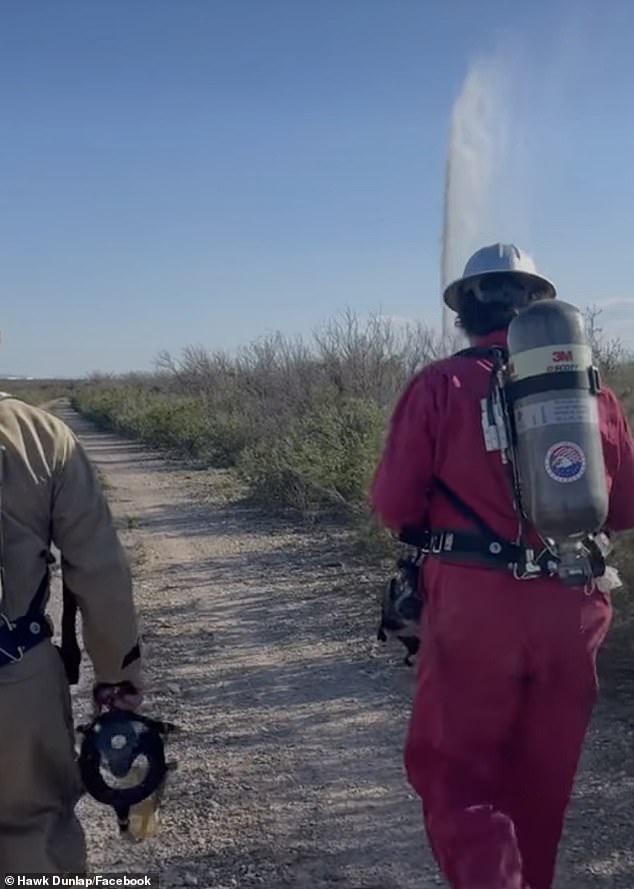
Workers can visit the site of the geyser but cannot do anything about it
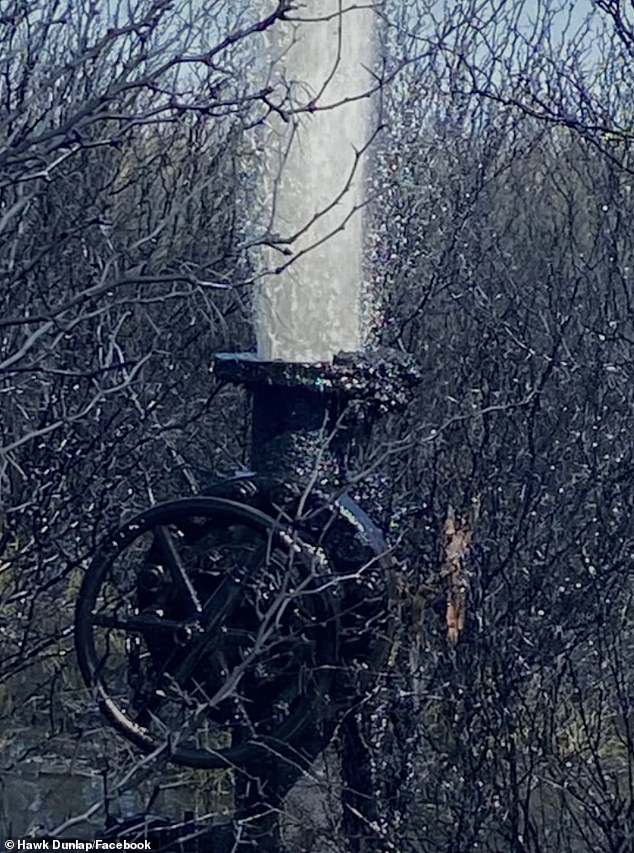
The wells are often abandoned water wells or oil wells that have dried up, but suddenly start spouting again
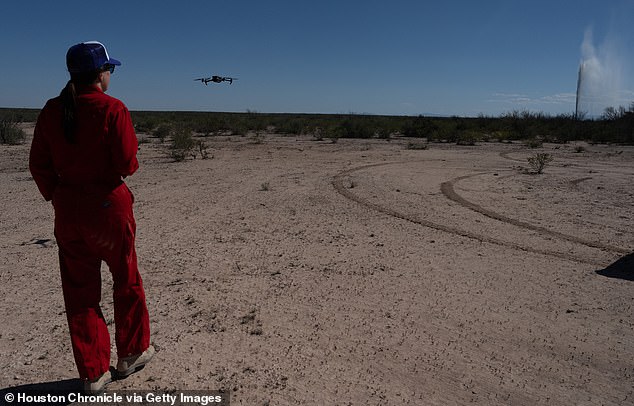
Sarah Stogner uses a drone to capture images and video of a produced water geyser in West Texas as it emerges from the ground in Toyah
Yet there appears to be no way to plug the orphaned wells before they blow up, while communities are also ill-equipped to deal with them.
The commission has plugged 737 wells so far, which is only about 10 percent of the estimated number of orphaned wells in Texas.
Part of the problem is also due to lax regulations, with companies simply abandoning wells after they stop producing oil or water, rather than properly sealing them.
The Toyah well, for example, is 11,000 feet deep and was drilled in 1961 by El Paso Gas Company. It had been inactive for decades.
In terms of seismic activity, Monday’s earthquake was part of a larger trend of frequent earthquakes in Texas, according to the US Geological Survey (USGS), which monitors seismic events across the country.
Two additional, smaller quakes – a magnitude 1.3 quake near Coahoma and a magnitude 1.6 earthquake elsewhere in the region – were also recorded Monday morning.
Although small, they are part of a growing number of earthquakes in the state.
West Texas has seen a notable increase in seismic activity in recent years.
In September, a magnitude 5.1 earthquake sent shockwaves across the state, with tremors felt as far away as San Antonio and Austin.
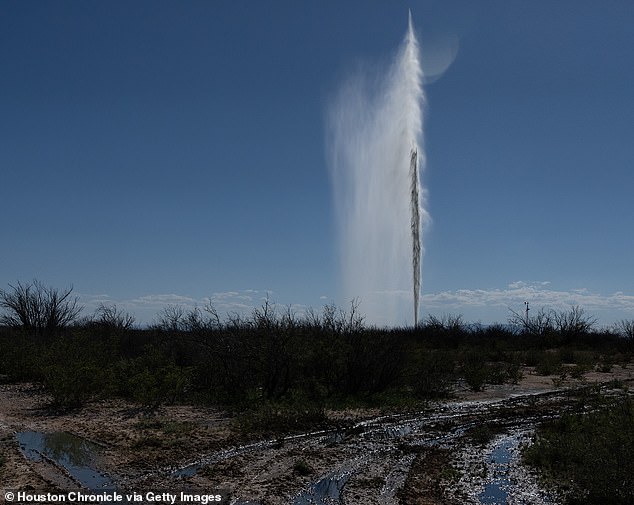
For example, the Toyah well is 11,000 feet deep and was drilled in 1961 by El Paso Gas Company. It had been inactive for decades.
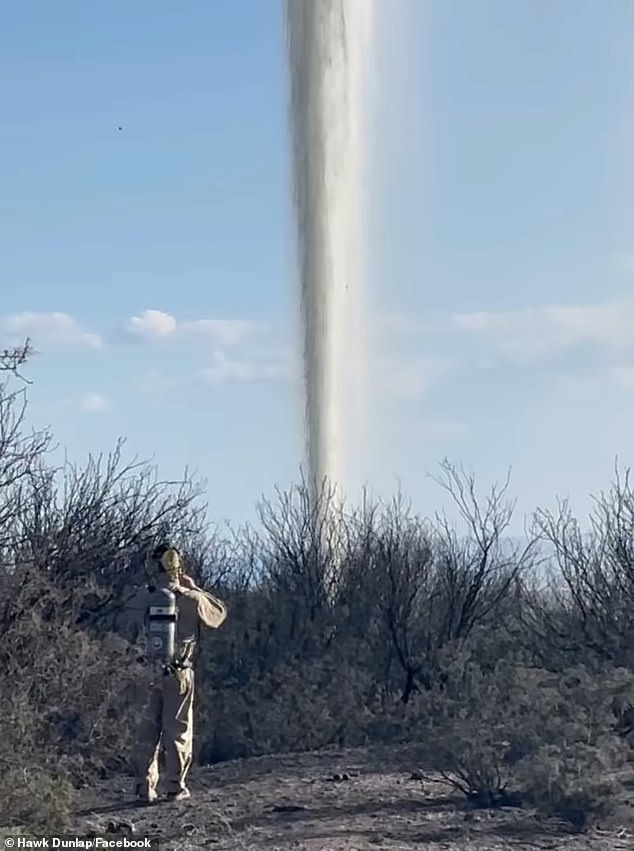
The water jet is so high that it can be seen from 11 kilometers away
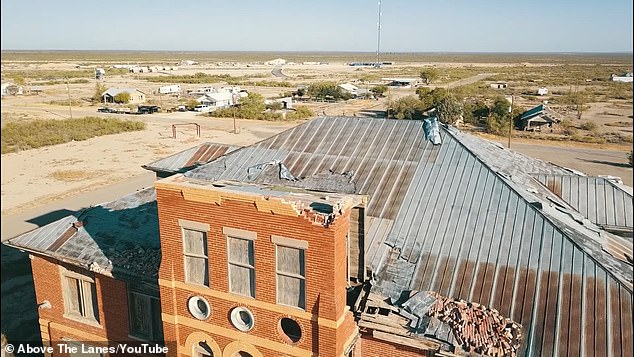
Continued earthquakes in Toyah, a small town of 61 residents, have caused some structural damage
This was followed by another significant event in October, when a magnitude 3.5 earthquake shook the Toyah area.
A shock of that magnitude may cause hanging objects to sway, but is unlikely to cause damage.
Experts say these stronger earthquakes indicate a worrying increase in both the frequency and intensity of seismic events.
The spike in earthquakes has led many to take a closer look at the region’s booming oil and gas industry, particularly practices like fracking and wastewater treatment.
Hydraulic fracturing, or fracking, involves injecting high-pressure fluid into underground rock formations to extract oil and gas, while wastewater from these operations is often disposed of by injecting it back into the ground.
Some scientists and environmentalists believe these activities could be linked to the wave of earthquakes.
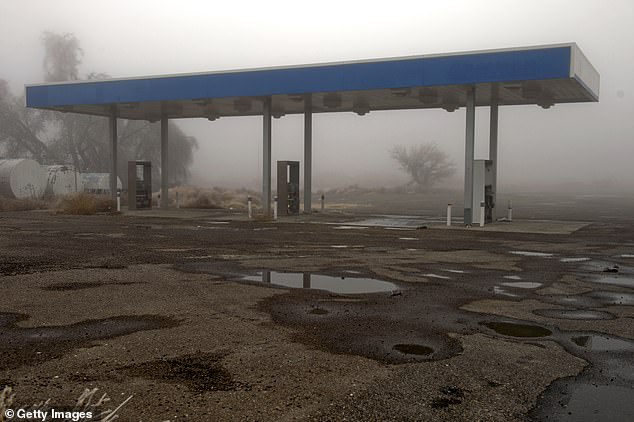
An abandoned gas station in Toyah, Reeves County, Texas
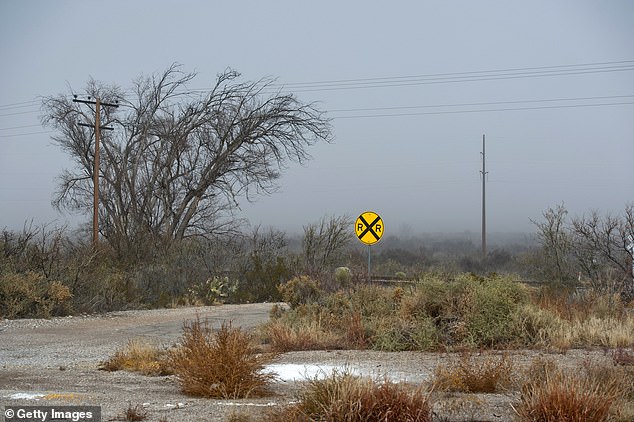
Toyah, a town of just 61 residents, is now something of a ghost town
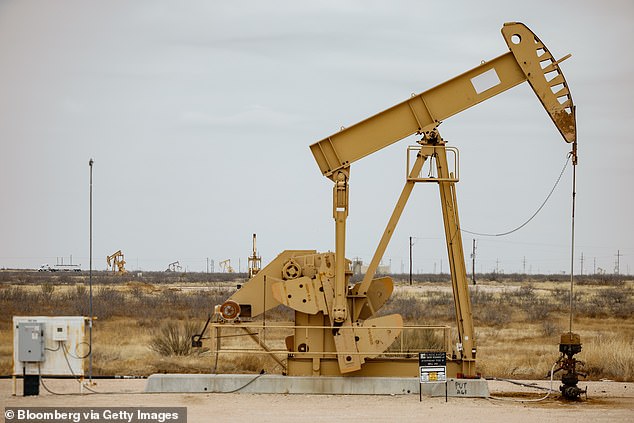
West Texas, America’s Proud Oil Drilling Capital, Is Now About to Become America’s Earthquake Capital
Although the immediate cause of Monday’s earthquakes remains under investigation, the USGS has previously pointed to improper wastewater disposal as a potential trigger for seismic activity.
The number of earthquakes in the broader Eagle Ford Shale has increased significantly since 2018,” said Justin Rubinstein, a geophysicist with the USGS.
He added that not only have the earthquakes become more frequent, but their magnitude has also increased over time.
Local officials and residents have expressed growing concerns.
Some have taken to social media to express their frustration and blame the oil and gas industry for what they see as an unnatural increase in seismic activity.
Meanwhile, municipalities like Midland have clashed with industry leaders, pushing for stricter wastewater disposal regulations to reduce the risk of future earthquakes.
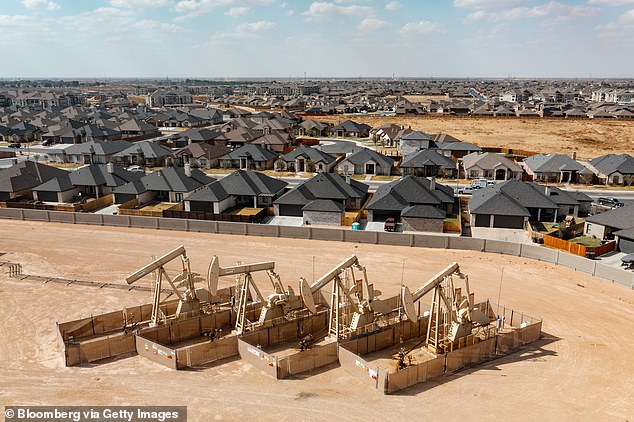
Oil is the name of the game in West Texas with these yes-men in the middle of a residential neighborhood in Midland, Texas
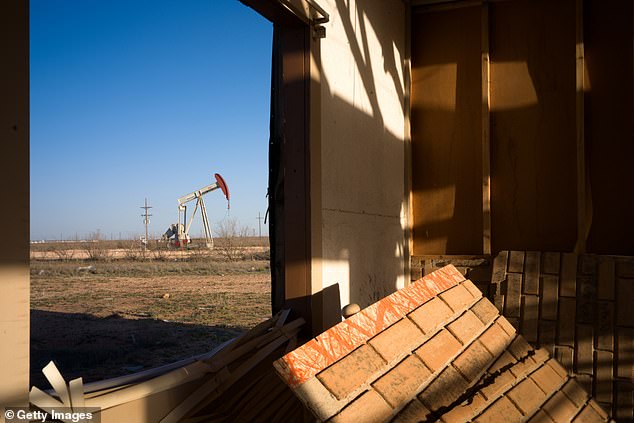
In March, an oil pump jack is shown through the window of a damaged house
Although investigations into the cause of these seismic events can take months, the Texas Tribune recently reported on rising tensions between local governments and the oil industry.
The USGS continues to monitor the region closely and urges caution and preparedness as the frequency of earthquakes shows no signs of slowing.
As seismic activity becomes a regular occurrence in West Texas, the debate over the environmental impacts of oil and gas production is likely to intensify.
For now, residents remain on edge, bracing for the possibility of more earthquakes in the coming weeks and months.
